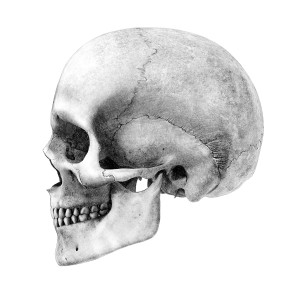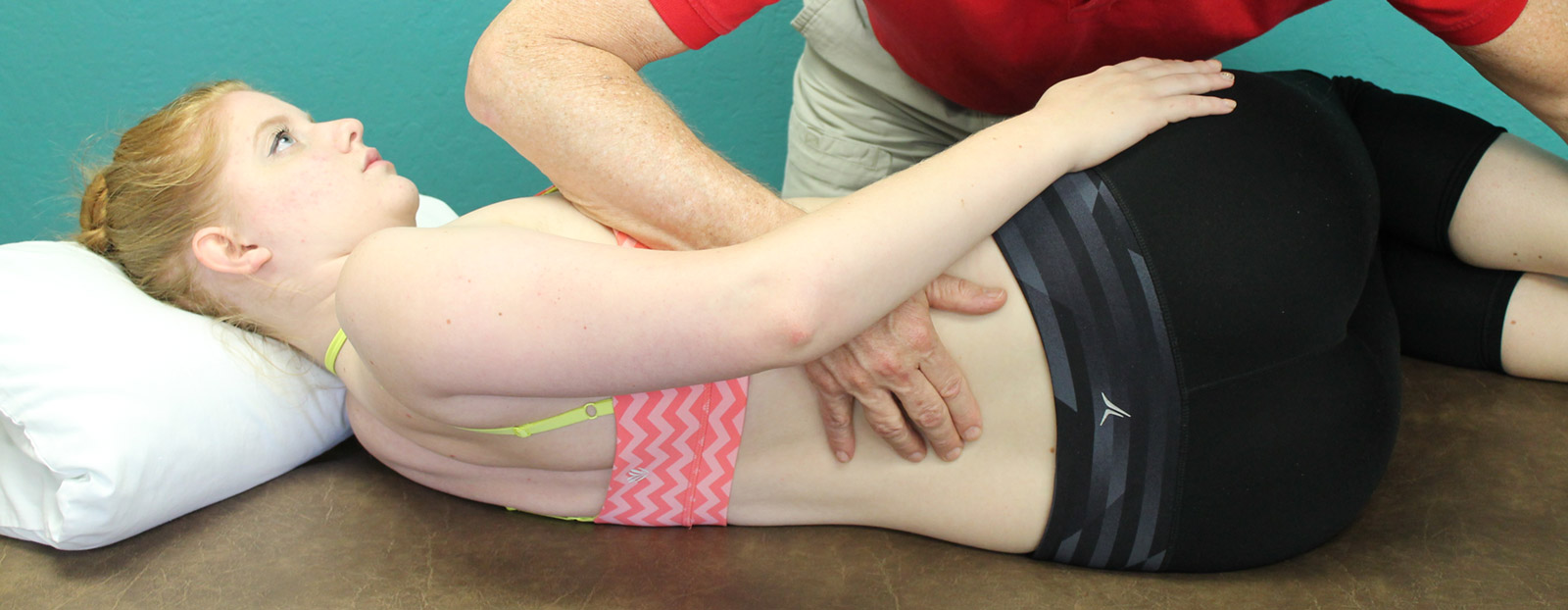Craniosacral Technique
by , October 25, 2011
 The cranium is a fascinating structure. There are 8 main bones that make up the “braincase”. These are fairly thick and reinforced at places inside the skull to protect delicate structures.
The cranium is a fascinating structure. There are 8 main bones that make up the “braincase”. These are fairly thick and reinforced at places inside the skull to protect delicate structures.
The bones of the face are many and varied. The maxilla and mandible (upper and lower jaw) are sturdy, as they must handle the force of the teeth during chewing. Yet they must have the flexibility to allow the tongue and lips to move during speech. Some bones, like the delicate, wing-like nasal bones at the bridge of your nose, keep airways open but can be easily broken (a good punch in the nose will do it).
Inside the cranium is a large membranous envelope of connective tissue that both covers and penetrates the brain, the Dura Mater. In addition to covering the brain, it then moves all the way down the spinal canal and attaches to the sacrum (the tailbone). The technique works on the theory that there is a small, inherent movement in this system that connects the skull and its internal tissues to the movement in the sacrum, thus the name, “Craniosacral”.
Patients report that Craniosacral treatments help them to feel relaxed and calmer, “It opens up my head and relieves pressure all the way down my back.” “It makes me feel sleepy and relieves tension in my neck and shoulders.”






